Efficiently recovering revenue helps maintain healthy cash flow and long-term business success. The role effective receivables management plays is an important one, as it strategically handles outstanding invoices and ensures timely collections. This blog explores how good receivables management enhances revenue recovery, highlights the benefits of effective practices, and discusses the tools and strategies that can improve the process.
Enhancing Revenue Recovery Through Effective Receivables Management
Effective receivables management starts with accurately identifying and categorizing different buckets of receivables. This segmentation allows businesses to apply the correct tactical activity for maximum results. By understanding the status and age of each receivable, businesses can prioritize their collection efforts and tailor their strategies to address specific categories, such as current, aging, and delinquent receivables.
Another critical aspect is minimizing HR time and decision-making. Streamlined processes and automated systems can minimize the time spent on deciding the next steps, ensuring that actions are taken promptly. The length of time you wait to collect directly corresponds to the collectability of the account, so timely decision-making is crucial for effective collections.
The Benefits of Effective Revenue Recovery Management
Effective revenue recovery management offers several key benefits:
- Increased Cash Flow: More money goes into your cash flow faster, providing the liquidity needed for day-to-day operations and growth investments.
- Improved Recovery Rates: Recovery rates for delinquent accounts receivables decline by as much as 8% monthly, highlighting the importance of timely collections.
- Reduced Staff Frustration: Efficient processes reduce the workload and stress on staff, leading to lower turnover rates and a more motivated team.
Utilizing Technology to Enhance Revenue Recovery
Technology plays a vital role in improving the revenue recovery process by:
- Creating Timely Alerts: Automated systems can generate alerts to prompt specific actions at the right time, ensuring no receivables fall through the cracks.
- Providing Accessible Information: More information is available online regarding businesses and people, making it easier to find the right contact and streamline the collection process.
- Enhancing Data Analytics: Advanced data analytics provide significant insights and reporting capabilities, helping businesses make informed decisions and adjust strategies as needed.
Essential Tools for Effective Revenue Recovery Management
Several tools can assist in managing receivables more effectively:
- Customer Relationship Management (CRM) Software: Helps track interactions with clients and manage follow-ups.
- Accounting Software: Automates invoicing and tracks payment statuses.
- Collection Management Software: Provides a centralized platform for managing collection efforts and tracking outcomes.
- Data Analytics Tools: Offer insights into payment behaviors and trends, helping to predict and prevent delinquencies.
Boosting Profitability Through Revenue Recovery Management
Effective receivables management boosts profitability by ensuring timely collections, which reduces the need for borrowing and interest expenses. It also decreases the likelihood of bad debt, allowing businesses to retain more of their earned revenue. By maintaining a healthy cash flow, companies can invest in growth opportunities and enhance their competitive edge.
Efficient receivables management can improve relationships with suppliers and partners. When businesses have a steady cash flow, they can take advantage of early payment discounts and negotiate better terms, leading to cost savings.
Maintaining a good credit rating is another significant benefit. Timely collections and reduced bad debt contribute to a healthier financial profile, which can lead to better credit terms and lower interest rates when borrowing is necessary. This improved financial standing can provide the flexibility needed to seize new opportunities and navigate economic uncertainties.
Risks of Poor Revenue Recovery Management
Poor revenue recovery management can lead to several risks, including:
- Decreased Cash Flow: Delayed collections can strain cash flow, making it difficult to meet operational expenses.
- Increased Bad Debt: The longer receivables remain unpaid, the higher the likelihood they will be written off as bad debt.
- Staff Burnout: Inefficient processes can lead to increased workload and frustration among staff, resulting in higher turnover rates.
- Negative Customer Relationships: Persistent collection efforts without a strategic approach can damage relationships with clients.
How NSB Aids in Revenue Recovery
NSB offers comprehensive receivables management services designed to maximize revenue recovery. By leveraging advanced technology, data analytics, and experienced professionals, NSB provides tailored solutions that address the specific needs of each client. Their proactive approach ensures timely collections, reduces the burden on internal staff, and enhances overall profitability.
Effective receivables management is integral to maximizing revenue recovery. By identifying and categorizing receivables, minimizing HR time and decision-making, employing proactive collection strategies, leveraging data-driven insights, and utilizing the right tools, businesses can ensure a more robust and efficient collection process. This comprehensive approach leads to improved cash flow, reduced financial risk, and a stronger foundation for growth. Partnering with a specialized service provider like NSB can further enhance these efforts, ensuring sustained financial health and success.

